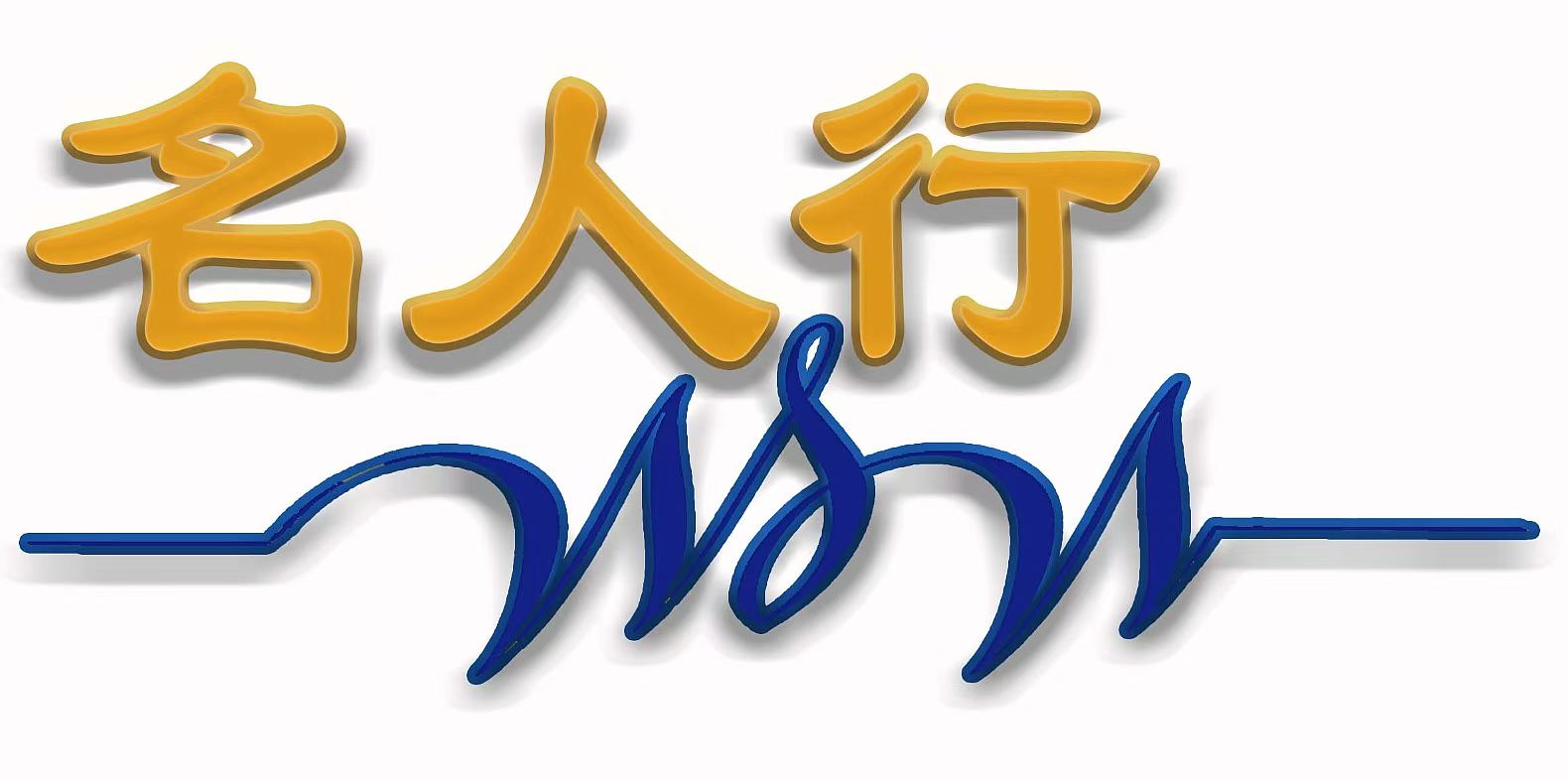Wu Dao (悟道) and the Cultivation of the Dao: A Journey to Harmonious Enlightenment
Introduction: The Dao as the Eternal Principle
The Dao, or "the Way," is the cornerstone of Taoist philosophy, described in Laozi’s Dao De Jing as the nameless, formless source of all existence. It transcends language and logic, embodying the natural order of the universe. To "know" the Dao is not to analyze it intellectually but to harmonize with its flow—a concept central to Wu Dao (悟道), the awakening to this profound truth.
Wu Dao: The Awakening to the Dao
Wu Dao translates to "realizing the Dao," a transformative enlightenment where one perceives the interconnectedness of all life. This awakening is marked by three key insights:
Beyond Intellect, Into Intuition
The Dao cannot be grasped through study alone. As the Dao De Jing states, “Those who know do not speak; those who speak do not know.” Wu Dao arises from stillness, where the mind quiets, and intuition reveals the Dao’s presence in everyday moments—a dewdrop on a leaf, the rhythm of breath, or the cycle of seasons.
Harmony with Nature
Taoism teaches that humans are not separate from nature but a microcosm of it. Wu Dao dissolves the illusion of division, aligning one’s actions with the spontaneity of the natural world. The parable of Zhuangzi’s "Joy of Fish" illustrates this: just as fish thrive in water without understanding it, humans flourish by trusting the Dao’s current.
Dissolution of the Ego
Enlightenment dissolves the ego’s rigid boundaries, fostering humility and interconnectedness. Like the sage who “acts without claiming merit” (Dao De Jing , Chapter 2), one learns to act selflessly, embracing the Dao’s impartiality.
Cultivation of the Dao: Practices for Alignment
Awakening to the Dao is sustained through lifelong cultivation. Key practices include:
Wu Wei (非為): The Art of Effortless Action
Contrary to passivity, Wu Wei is action aligned with the Dao’s flow. It is the farmer planting seeds in spring without forcing growth, or the musician playing without overthinking. By releasing control, one achieves more with less strife.
Meditation and Mindfulness
Taoist meditation emphasizes stillness (jing zuo) and inner observation. Techniques like “embracing the One” focus on unifying body, breath, and spirit, dissolving mental clutter to perceive the Dao’s subtle whispers.
Simplicity (Pu) and Letting Go
Pu, the “uncarved block,” symbolizes simplicity. Cultivators shed material excess and desires, finding richness in contentment. As Laozi advises, “Be content with what you have; rejoice in the way things are.”
Aligning with Natural Cycles
Following the Dao means honoring yin and yang rhythms—resting when tired, acting when inspired. Seasonal rituals and mindful living (e.g., waking with the sunrise) reinforce this harmony.
The Journey of Cultivation: Patience and Inner Alchemy
Cultivation is not linear but a spiral of deepening understanding. Taoist “inner alchemy” (neidan) metaphorically refines the soul through stages:
Purification: Releasing attachments and emotional toxins.
Integration: Balancing opposing forces (e.g., activity and rest).
Union: Merging individual consciousness with the cosmic Dao.
This journey demands perseverance. As Zhuangzi reminds us, “The Dao is not far; yet it takes a lifetime to reach.”
Wu Dao in the Modern World
In an era of distraction, Wu Dao offers antidotes:
Mindfulness: Technology detoxes and nature immersion restore inner quiet.
Sustainable Living: Eco-conscious choices mirror the Dao’s respect for balance.
Compassionate Action: Leading with humility and empathy fosters collective harmony.
Conclusion: The Dao as a Living Path
Wu Dao and its cultivation are not relics of antiquity but living practices. By awakening to the Dao’s wisdom and nurturing it daily, we transform not only ourselves but also our world. As the Dao De Jing concludes, “The sage embraces the Dao, becoming an embodiment of peace for all under heaven.” In this timeless dance of realization and practice, we find our truest harmony.
“When I let go of what I am, I become what I might be.”
— Laozi, Dao De Jing

Comments (1)
I love what was wrote here. I learned so much despite it being rather short. Great things come in small packages.